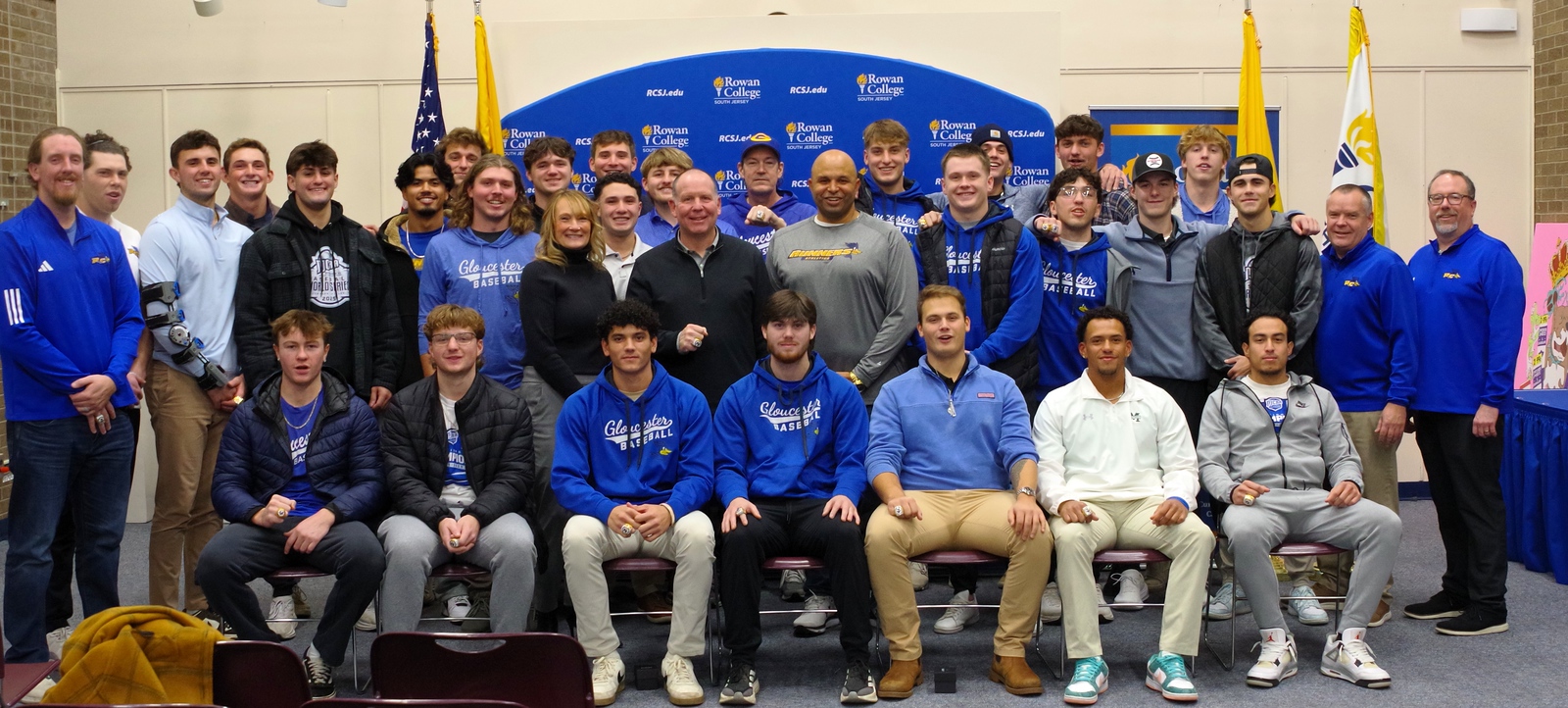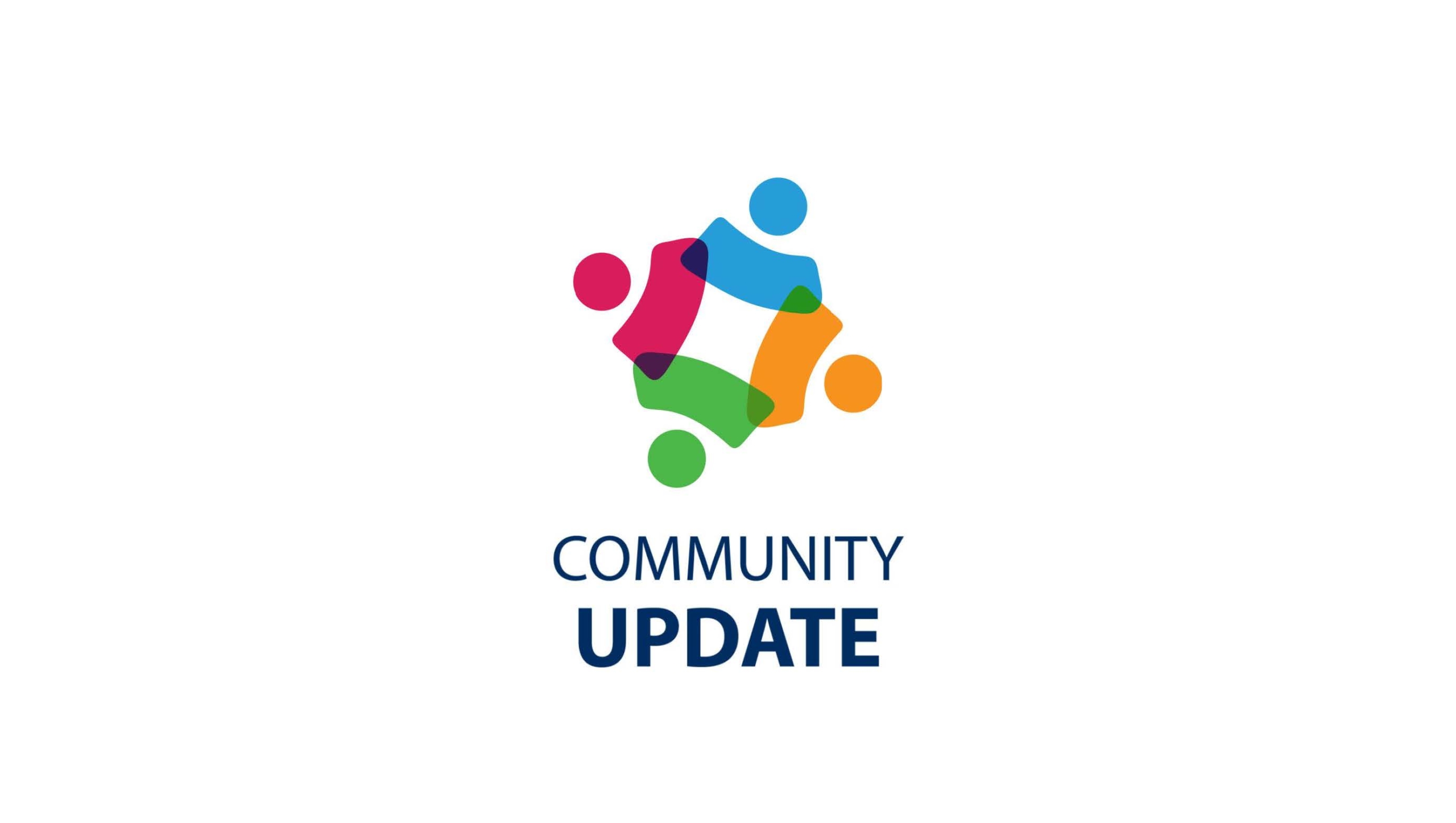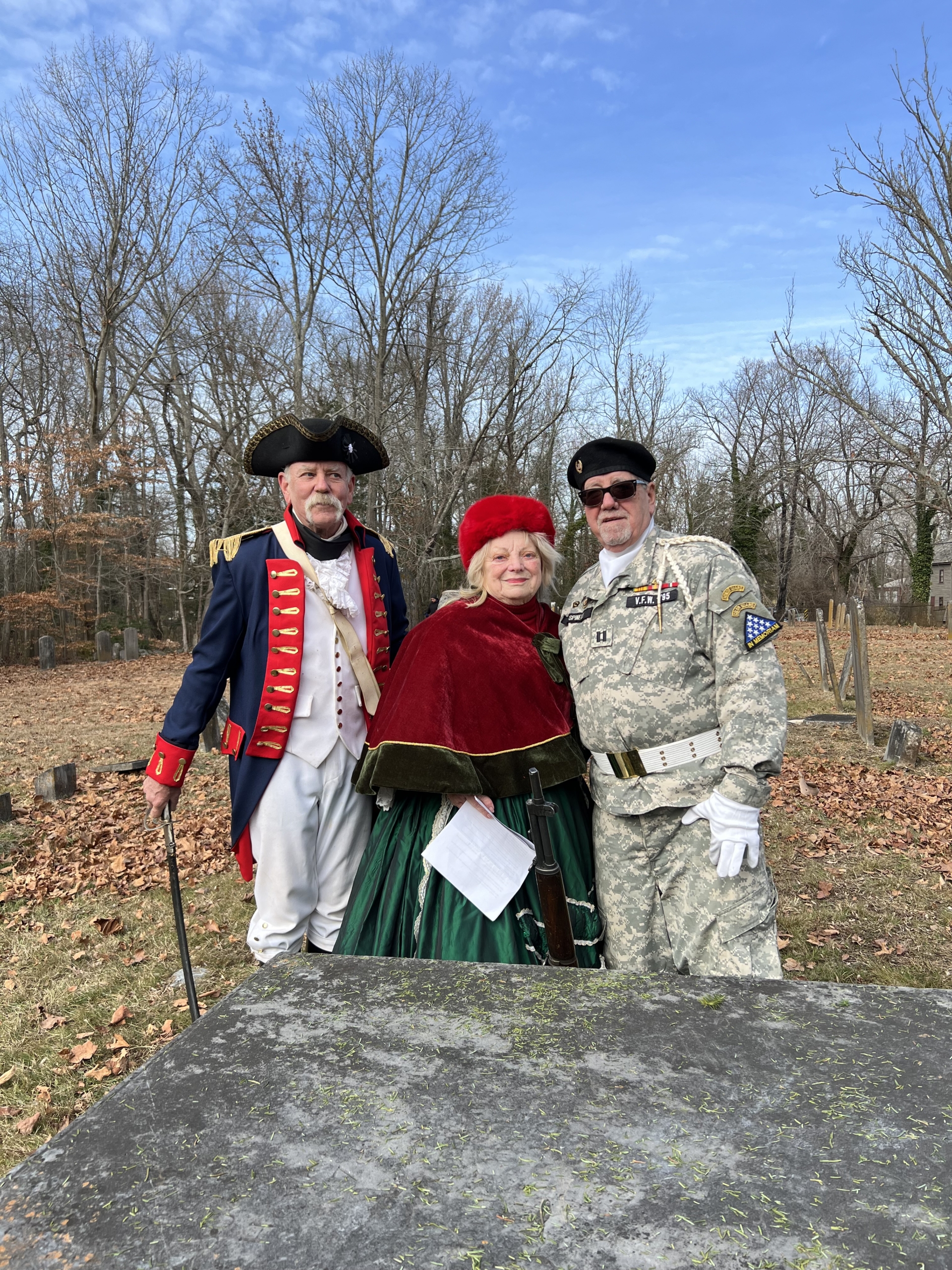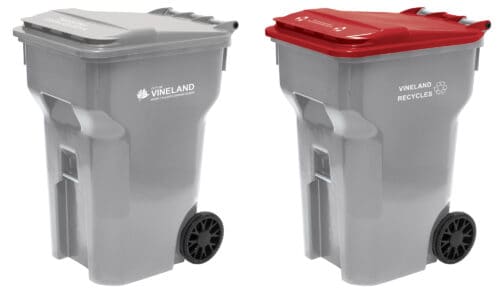Early Flight
Mexican aviator Emilio Carranza aimed to the take the second-place record for long-distance flying.
If, by the end of 1927, Emilio Carranza remained in the shadow of the aviation achievements set by Charles Lindbergh, the following year brought hope that one flight could at least even the second-place record for long-distance flying.
The high regard Mexico accorded Carranza for his previous accomplishments made him the perfect candidate for a goodwill flight that would use Mexico City and Washington, DC as bookends of the journey, similar to what Lindbergh had done recently. And preparations for the flight spared no cost.
The idea for the goodwill trip was proposed early in 1928 by the Mexican newspaper Excelsior and largely funded, according to the 2001 account by Ismael Carranza, the pilot’s second cousin, by donations from Mexican citizens. Lindbergh, whose plane The Spirit of St. Louis had transported him to France on his transatlantic journey and would inspire the aircraft constructed for Carranza’s 1928 mission, reportedly contributed $2,500. By April, the New York Times would report, $25,000 had been raised for the goodwill flight.
The San Diego Union-Tribune identifies that the San Diego company B.F. Mahoney Aircraft Corporation was approached about constructing a Ryan Brougham (aka Ryan B-1) plane for the journey. The Excelsior then officially approached Carranza on February 14 about piloting the flight.
Once he agreed, Carranza and his technical crew went to work. Ismael Carranza reports that, while his cousin oversaw the construction of the aircraft, his crew addressed the need for “a runway to be cleared and built before the rainy season arrived. The engineers and workers worked on the runway to make it long enough for the Ryan B-1 to lift off in the high-altitude thin air of the Mexico City airport.”
Carranza’s supervision of the Ryan B-1 included several test flights before he was satisfied with the aircraft he would fly to Washington, DC. One such flight in April ended in the Sonoran Desert of Arizona, some 43 miles from Mexico, where the plane crashed. An article on the incident in the New York Times states that Carranza “was reported to have wandered from his damaged plane and been lost in the desert, [but] has been found and is returning by train.”
The following month, Carranza deemed the plane, now christened the Mexico-Excelsior, ready, and it was expected that he would, as the New York Times suggested, “probably fly the craft by easy stages to Mexico City,” but such a venture seemingly never crossed the aviator’s mind. The American newspaper revealed that Carranza had been practicing “what has hitherto been unknown in Mexican aviation, namely, night flying,” and he was ready to put it to the test.
According to Ismael Carranza’s account, his cousin “chose to fly the aircraft non-stop as a training flight before his flight to Washington D.C.” Departing San Diego on the afternoon of May 24, the pilot flew throughout the night, arriving in Mexico City just after noon on May 25 with a reported throng of 100,000 citizens waiting to greet him. His most challenging flight was less than a month away, but he had already proven he was ready.
His cousin’s account describes precisely the hours leading up to Carranza’s departure from Mexico City as he embarked on his goodwill mission: “On June 10th 1928, there was a farewell dinner. The technical team had all the weather bulletins and reports throughout Mexico and the United States ready for Carranza’s final study. Telegraph stations were manned, and lookout observers were deployed. He departed the dinner at midnight with his brother Sebastian, his mother and his wife. He slept for five hours…aroused at 05:30 a.m…arriving at the military complex at 06:15 a.m.”
Mexicans and Americans now awaited word of Carranza’s arrival in Washington, DC.
Next Week: Goodwill







